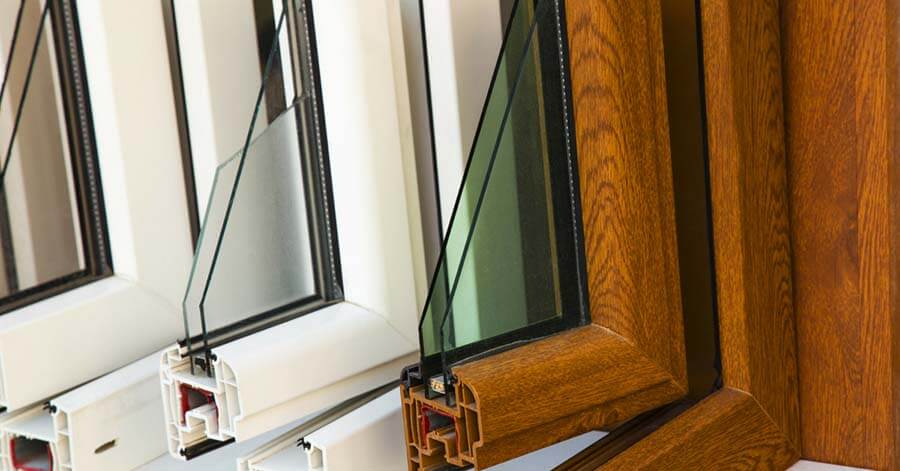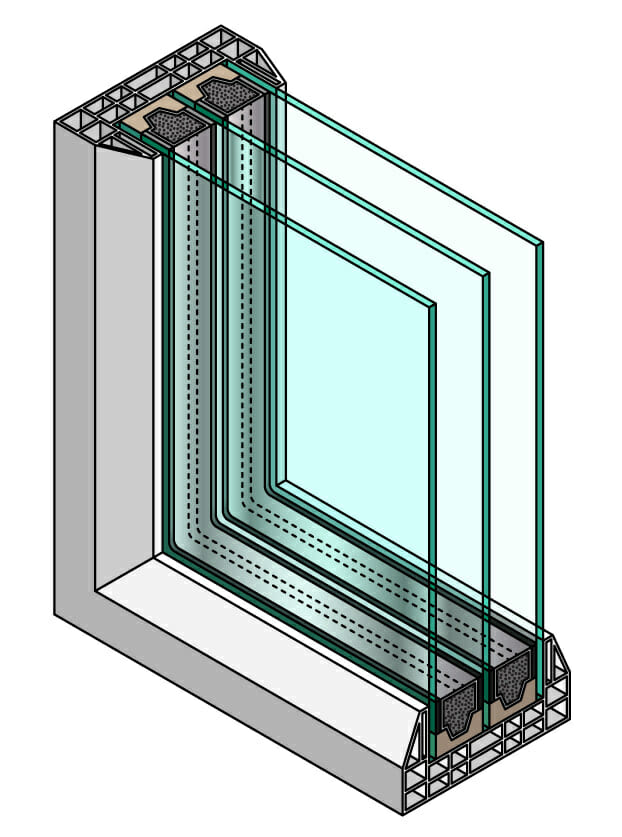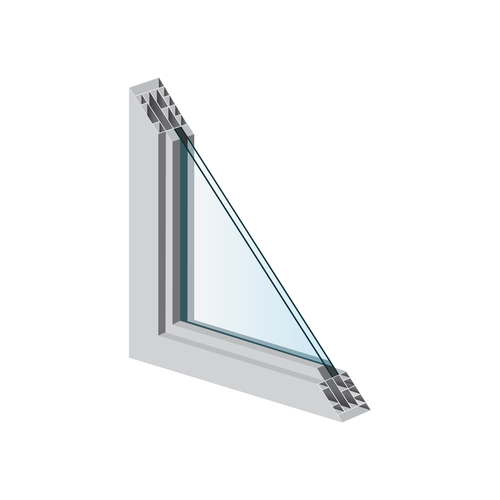
Energy efficient windows are an insignificant consideration for both new and existing houses. Heat gain and heat loss through windows contribute to at least 25%–30% of residential heating and cooling energy use.
If you are selecting windows for a relatively recent construction or to replace existing windows, it is wise to choose the most efficient windows you can buy that works best with the climate.

If the existing windows are in good condition, taking steps to minimize energy loss using windows can make your home very comfortable and might save you money on energy bills.
You have two possible options if you hope to minimize the amount of energy lost through your windows and increase the comfort in your home:
- Update the existing windows to improve effectiveness
- Replace your windows.
Improve Existing Windows
If the windows are in good condition, making decisions to improve their efficiency may be the most cost-effective option to maximize the comfort of your home and save money on energy costs. There are various things you can do to improve the effectivity of your existing windows:
- Check existing windows for air leaks
- Waterproofing and weatherstrip.
- Adding window treatments and covers.
- Adding storm windows or panels
- Adding solar control film
- Adding outside shading, such as awnings, exterior blinds, & overhangs.
Replace Your Windows to Energy Efficient Windows
If you decide to change the windows, you will have to make some decisions about the kind of windows you buy and the kind of change you will make.
You may have the option of changing the windows in the existing frame; talk about this option with the window retailer and installer to see if it will work for you.
You may also want to decide what features you want for your windows. You will need to decide on the following:
- Frame types
- Glazing type
- Gas fills and spacers
- Operation types
The Selection Process
In addition to selecting the window type, you may also want to consider designs, energy use and labelling, warranties, and proper installation.
First, look for the ENERGY STAR label when buying new energy efficient windows. Then review ratings on the energy performance label from the National Fenestration Rating Council (NFRC) to find the most efficient windows for your needs.
NFRC ratings are included on all ENERGY STAR certified windows and provide a reliable way to determine a window’s energy properties and compare products. Learn about energy performance ratings for windows to understand how to read the labels and energy-use information.
- Window Selection Tips
- Look for ENERGY STAR and NFRC labels.
- In colder weather, consider choosing gas-filled windows with Low-E coatings to minimize heat loss. In warmer weather, choose windows with coatings to minimize heat gain.
- Select a low U-factor for greater thermal resistance in cooler climates; the U-factor is the rate at which a window conducts non-solar heat flow.
- Look for a low solar heat gain coefficient (SHGC). SHGC is a measure of solar radiation admitted through a window. Low SHGCs reduce heat gain in warm climates.
- Select windows with both low U-factors and low SHGCs to maximize energy savings in temperate weather with both cold and hot seasons.
- Searching for whole-unit U-factors and SHGCs, rather than center-of-glass U-factors and SHGCs. Whole-unit numbers more directly reflect the energy fulfillment of the entire product.
Installation
Even the most energy-efficient windows must be perfectly installed to ensure energy efficiency and comfort. Have the windows installed by professionals according to manufacturer’s instructions; or else, the warranty may be void.

Window installation differs depending on the type of window, the construction of the house (wood, masonry, etc.), the cladding outside (wood siding, stucco, brick, etc.), & type (if any) of weather-restrictive barrier.
Windows, flashing, and air sealing should all be installed according to the manufacturer’s recommendations to function correctly.